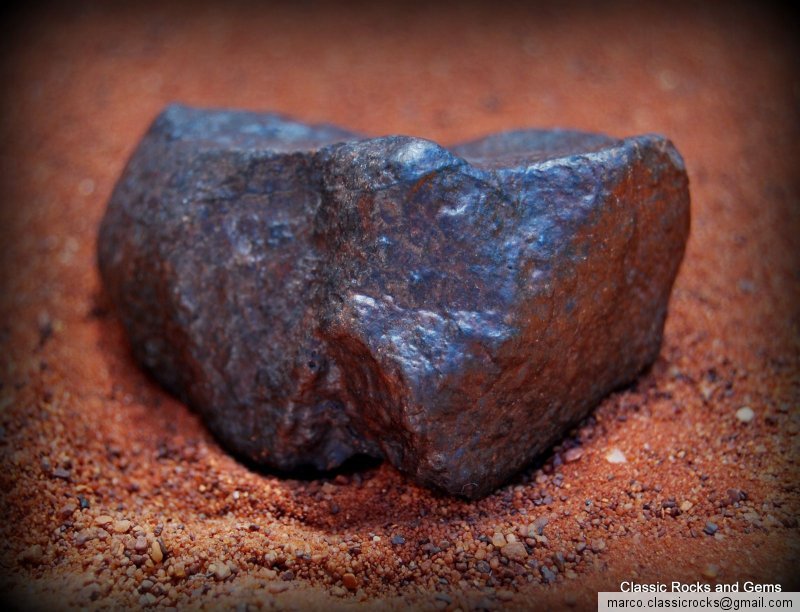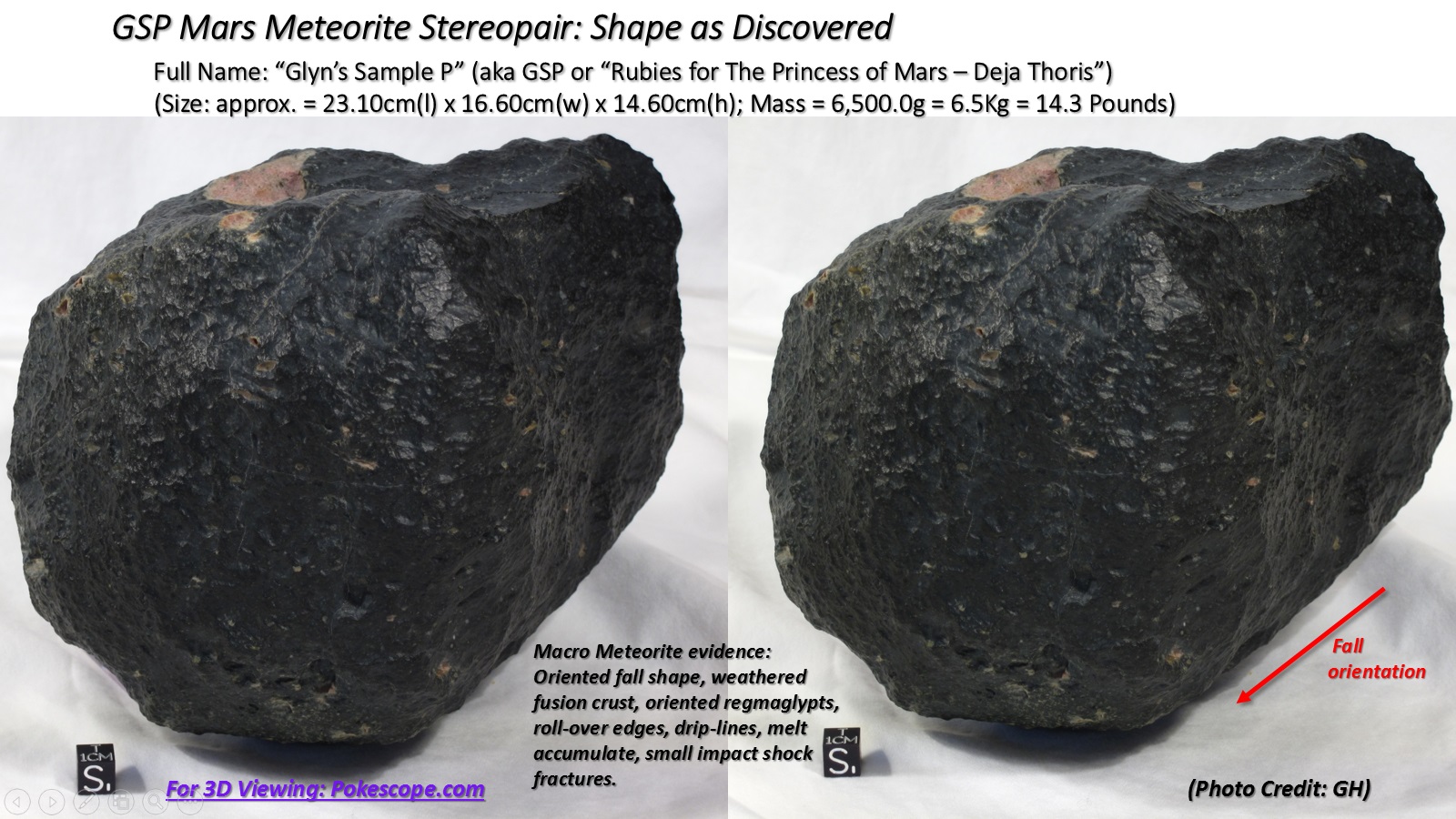

and a submission to the Meteoritical Society's naming committee for approval.an analysis of all the relevant trace elements in order to classify the meteorite.$100/sample if the type specimen* is provided.

$175/sample if 3 or more samples are provided.$200/sample if the type specimen* is provided, or.$150/sample if the type specimen* is provided.Iron meteoritesĮquilibrated ordinary chondrites (by SEM) Invoices must be paid prior to the work being started. Please contact us for more information.Īll work is guaranteed. The fees provided below are subject to change.Ĭlassification services are currently being done on a limited basis. The costs for analysis differ depending on the type of meteorite. In this way we meet all the requirements for new meteorite naming (see What's in a name?). Also, the University of Alberta Meteorite Collection is an official Type Specimen Repository for meteorites-one of only three in Canada. We have the necessary tools at the University of Alberta to gather all information required to classify a new meteorite of any type. You can watch our "How To Spot a Meteorite" video on this page for more information and you can also use our Meteorite Reporting System to fill out a report and upload photos for an expert to look at. If your rock passes all these tests, you might have yourself a meteorite. When a meteor falls through Earth's atmosphere, the outer surface of the rock melts, forming what's known as a fusion crust. Examine the outer-layer of the specimen for a thin, black, eggshell-like crust.If your specimen does, it's likely slag or some other stony matter. A true meteorite will not have any holes or bubbles at all. Check for holes or bubbles in the specimen.Nearly all meteorites contain iron-nickel metal and attract magnets easily. Test the specimen's magnetism using a standard fridge magnet.Many meteorites (typically iron meteorites) are quite dense and feel heavier than most Earth rocks. Check if the specimen feels unusually heavy for its size.Luckily, the University of Alberta has some meteorite experts on hand who have outlined some preliminary tests anyone can conduct to tell the difference between space rocks and impostor rocks from Earth. Most people will find neat-looking porous rocks and assume they have found a meteorite, but often they've found slag, chert, or pyrite. The unexpected discovery has brought immense happiness to the Minnesota couple and both are eager to continue their annual rock-picking duty in the hope of finding more meteorites, Bruce Lilienthal told, a.k.a rocks from outer space, are a lot more rare than you might think. Despite the occurrence of iron, it is not attracted to magnet as it belongs to a rare class of meteorites that originated in melt pools on asteroids created by the impacts of other rocks.Īlexander told that he was excited to finally test a real meteorite in his forty year career. Alexander noted that the uniqueness of the meteorite was from its "Widmanstätten" pattern of nickel-iron crystals.Īlexander said he would like to compare the newly found rock with the 1984 meteorite, as both the rocks have a similar shape and nickel content. Only iron rocks from outer space contain nickel between 5 and 20 percent. The rock was iron and contained about 8 percent nickel, which is unlikely in the iron objects from Earth. After closely looking at a small portion, about 0.6 grams of the rock, under a scanning electron microscope, Alexander ratified it as a rare meteorite. The couple brought the rock to Alexander's lab on May 30.

An Earth rock of similar measurement will be at least three times lighter. The rock weighed 33 pounds but measured only about 16 inches by 12 inches across and about 2 inches wide.

Alexander looked at the photos sent by the couple and knew it was no ordinary rock and called them over for further testing. In April, the Lilienthals contacted Calvin Alexander, a professor at the University of Minnesota, curious to find out more about the rock. They had no clue about the rock's uniqueness and that it was a meteorite, until recently. The couple, amazed by the unique appearance of the rock, stored it along with their pile of interesting finds. A couple from Arlington, Minnesota, discovered a rare, 33-pound meteorite in their corn farm two years ago during the annual spring field clearing, and tests show that it is likely a part of a meteorite found about three miles away from the farm in 1984.įarmers Bruce and Nelva Lilienthal made the biggest discovery of their life by finding a rare 33-pound meteorite during the annual spring field clearing two years ago.


 0 kommentar(er)
0 kommentar(er)
